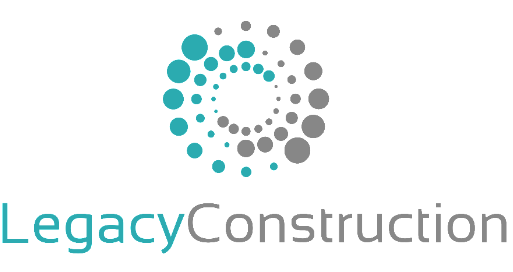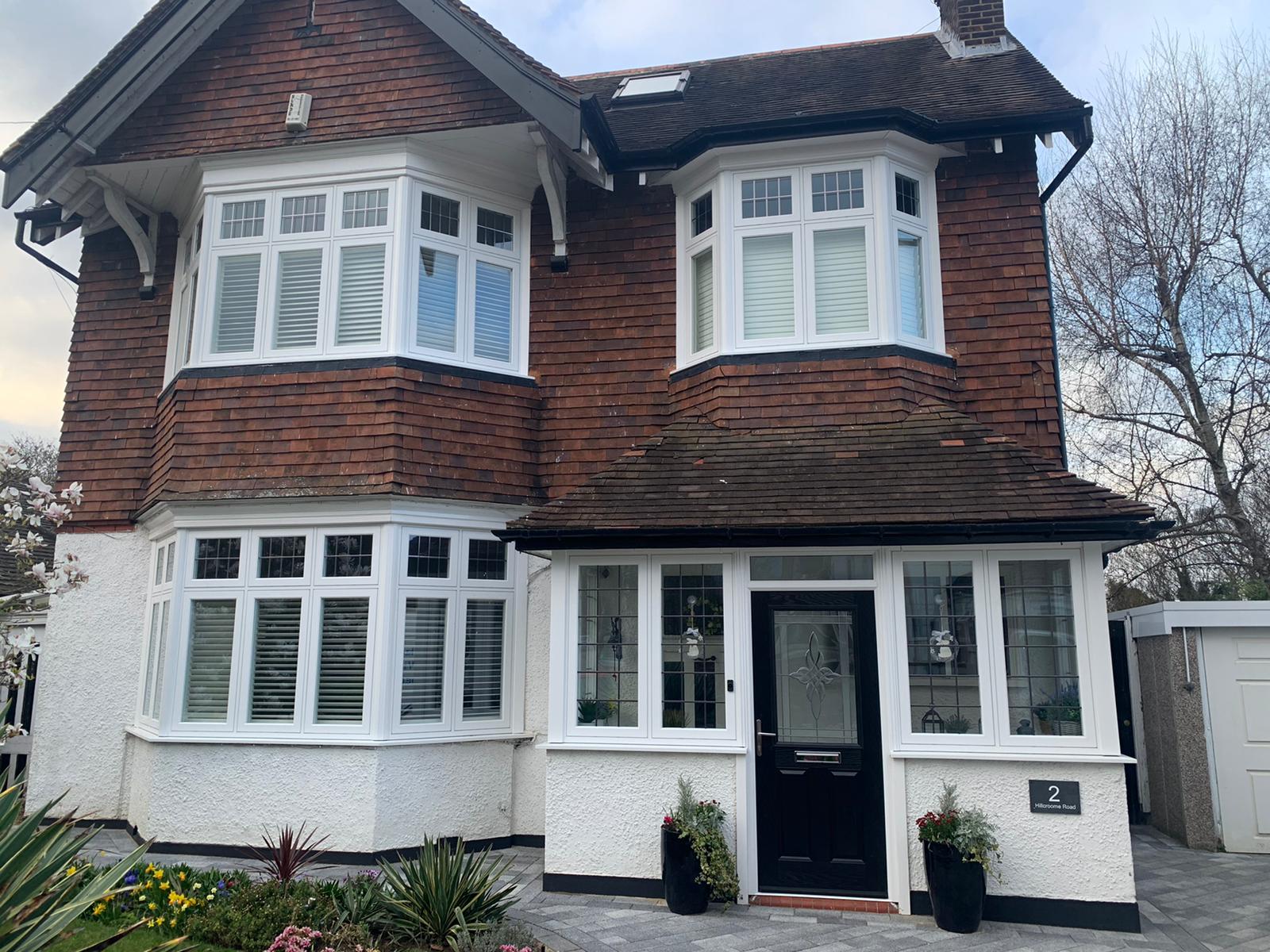In recent years, the construction and renovation industries have seen a significant shift towards the use of uPVC (unplasticized polyvinyl chloride) windows. This material has gained immense popularity due to its numerous benefits, including durability, energy efficiency, low maintenance, and versatility in design. This article explores the advantages and applications of uPVC windows in modern architecture, highlighting why they have become a preferred choice for homeowners and builders alike.
Understanding uPVC Windows
uPVC is a rigid form of polyvinyl chloride, which is a type of plastic. Unlike regular PVC, uPVC does not contain plasticizers, making it a more stable and durable material. uPVC windows are manufactured by extruding the material into frames and sashes that can be fitted with various types of glazing. This process allows for the creation of windows in a wide range of styles, colors, and sizes, making them suitable for various architectural designs.
Advantages of uPVC Windows
- Durability and Longevity: One of the most significant advantages of uPVC windows is their durability. They are resistant to rot, corrosion, and fading, which means they can withstand harsh weather conditions without deteriorating. Unlike wooden frames that may warp or require regular painting, uPVC windows maintain their structural integrity and appearance for many years.
- Energy Efficiency: uPVC windows provide excellent thermal insulation, which helps in reducing energy costs. The material itself is a poor conductor of heat, and when combined with double or triple glazing, it can significantly minimize heat loss during winter and keep interiors cool during summer. This energy efficiency not only contributes to lower utility bills but also enhances overall comfort within the home.
- Low Maintenance: Maintaining uPVC windows is relatively easy compared to traditional materials. They do not require painting or staining, and a simple wipe with a damp cloth is usually sufficient to keep them clean. This low maintenance requirement is particularly appealing for busy homeowners or those looking to reduce upkeep costs.
- Sound Insulation: uPVC windows can provide excellent sound insulation, which is especially beneficial for homes located in noisy urban environments. The combination of the window frame’s design and the type of glazing used can significantly reduce external noise, creating a quieter and more peaceful living space.
- Security: Modern uPVC windows are designed with security in mind. They often come with multi-point locking systems that enhance the security of the home. The robust nature of uPVC also makes it difficult for intruders to break through, providing homeowners with peace of mind.
- Environmental Impact: While some may consider plastic materials to be less environmentally friendly, uPVC windows can be recycled and reused. Many manufacturers are now adopting sustainable practices, ensuring that their products have a reduced impact on the environment. Additionally, the energy efficiency of uPVC windows contributes to lower carbon footprints by decreasing reliance on heating and cooling systems.
Applications of uPVC Windows
uPVC windows have a wide range of applications in various types of buildings, including residential homes, commercial properties, and public infrastructure. Their versatility allows them to be used in different architectural styles, from contemporary to traditional.
- Residential Properties: Homeowners are increasingly opting for uPVC windows due to their aesthetic appeal and functional benefits. They can be customized to match the design of the home, whether it be a modern apartment or a classic cottage. The variety of styles available, such as casement, sliding, and tilt-and-turn windows, makes it easy to find the perfect fit for any home.
- Commercial Buildings: In commercial settings, uPVC windows are favored for their durability and low maintenance. Office buildings, retail spaces, and hotels benefit from the energy efficiency and security features of uPVC windows, which can enhance the overall environment for employees and customers alike.
- Public Infrastructure: uPVC windows are also used in schools, hospitals, and other public buildings where energy efficiency and safety are paramount. Their ability to reduce noise pollution and provide thermal comfort makes them an reviews ideal glass choice for spaces that require a conducive environment for learning and healing.
- Renovation Projects: For older buildings undergoing renovation, replacing traditional wooden or metal windows with uPVC options can significantly improve energy efficiency and reduce maintenance costs. With the proper design, uPVC windows can seamlessly blend with the existing architecture while providing modern benefits.
Conclusion
The rise of uPVC windows in modern architecture is a testament to their numerous advantages and applications. Their durability, energy efficiency, low maintenance, and security features make them an attractive choice for homeowners, builders, and architects alike. As sustainability becomes increasingly important in construction and design, the recyclable nature of uPVC further enhances its appeal. Whether in residential, commercial, or public buildings, uPVC windows offer a practical and stylish solution that meets the demands of contemporary living. As technology advances and manufacturing processes improve, we can expect uPVC windows to continue to play a significant role in the future of architecture and design.

